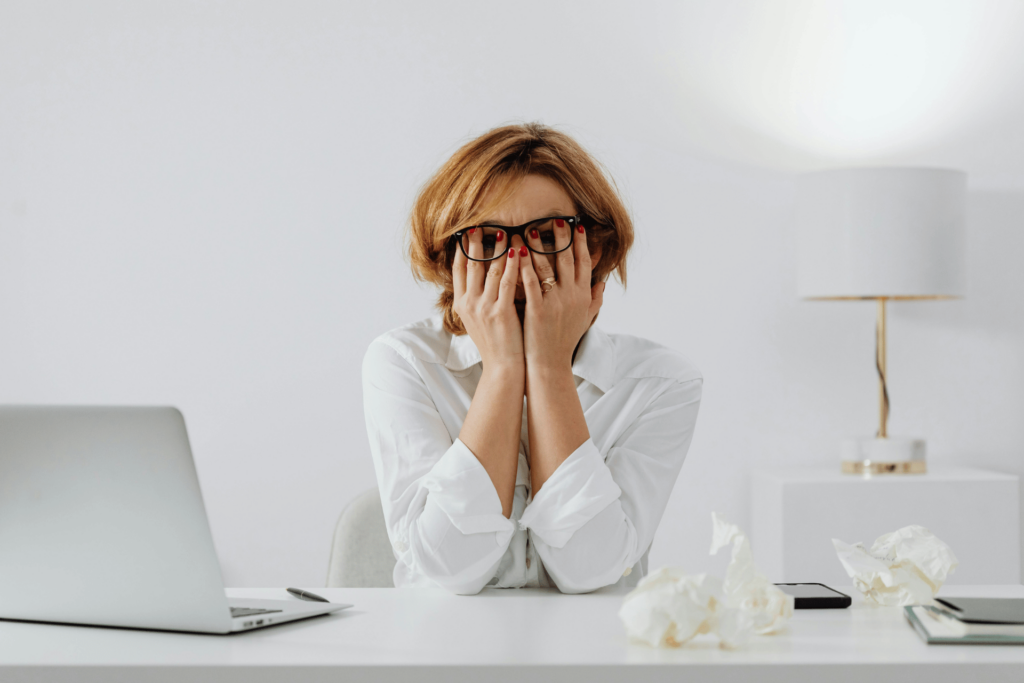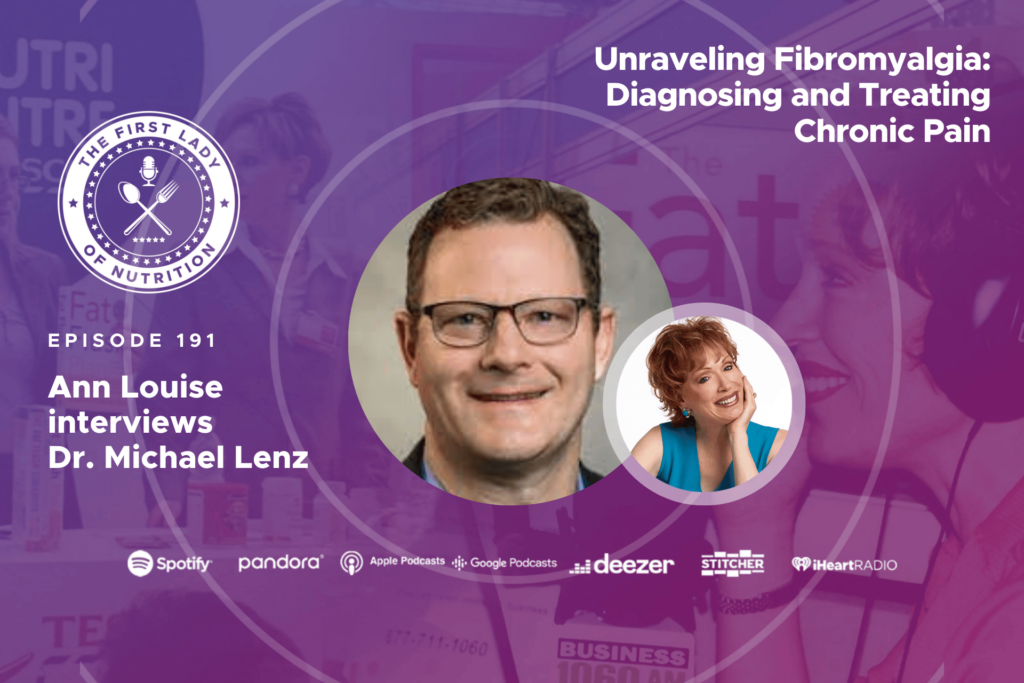 Drugs, parasites, pesticides, and sewage can pollute water supplies.
Drugs, parasites, pesticides, and sewage can pollute water supplies.
Millions of Americans drink dirty water, reveals a recent analysis of government data. In the past three years alone, over 9,400 sewer systems—many in major U.S. cities—have dumped untreated or partly treated wastes, chemicals, and other toxins into lakes, rivers, and other water sources that can make their way into your home.
A recent study in the journal Pediatrics shows that the number of children suffering from diarrhea rises whenever sewers overflow. And as many as four million Californians get sick every year from swimming in water contaminated by untreated sewage.
Unfortunately, there’s more on tap! Currently the Safe Drinking Water Act only regulates 91 contaminants, although EPA says over 60,000 chemicals can make their way into water.
Since 2005 close to 50 million Americans have also been drinking arsenic, copper, lead, mercury, and other heavy metals, along with pharmaceutical drugs, pesticides, and radioactive substances like uranium. Science News recently reported concerns that urinary excretion of Tamiflu into surface water might increase drug resistance in flu viruses. Then there are hormones from birth control pills and hormone replacement therapy and all those other drugs that make their way into water supplies.
You don’t need to travel to a developing country to have parasites in drinking water, either. Highly infectious Cryptosporidium parvum resists chlorine treatment in municipal water systems and is easily spread—even in hospitals. The second most prevalent water-borne parasite, Giardia lamblia, is found in streams that feed water systems throughout this country.
Water is the main way giardia spreads, and the EPA says outbreaks in treated municipal water double every five years. Symptoms include diarrhea, nausea, cramping, bloating, intestinal irrigation, and foul gas. When cryptosporidium is discovered, it leads to water-boiling advisories, if not treatment plant shutdowns to prevent diarrhea.
Dr. Ann Louise’s Take:
An adequate supply of clean, pure water is crucial to health. When you don’t drink enough water, you’re likely to have more colds and flu, plus cuts take longer to heal. Becoming dehydrated increases the risk for urinary infections, kidney failure, and even seizures.
As you grow older, your body doesn’t rehydrate easily, increasing the likelihood of constipation or breaking a bone if you fall. About half the elderly admitted to hospital emergency rooms are dehydrated.
Each day, drink at least half your body weight in ounces. (If you weigh 160 pounds, you need to drink 10 eight-ounce glasses.) Just don’t consume water with meals, as it can dilute all those miraculous digestive enzymes that act as catalysts to break down your food into nutrients.
What You Can Do
Filter your water, instead of wasting money on bottled water. The Environmental Protection Agency has found 38 contaminants in 10 popular brands. Plastic can harbor bacteria, while releasing chemicals from plasticizers.
Ask your water company for the most current report or test your well water to learn what you need to filter out. I use CWR Crown Ceramic Water Filters in my home to eliminate chemicals, chlorine, copper, lead and other heavy metals, parasites, rust, and sediment. Whatever system you choose, be sure to change filters regularly to prevent the build up of bacteria and other dangerous contaminants.
A recent double-blind, placebo-controlled trial shows that supplementing with vitamin A can significantly lower water-borne giardia infections. Many of my clients also find that Para-Key helps eliminate parasitic protozoa like giardia and cryptosporidium.
Sources:
Guess What Came to Dinner? Parasites and Your Health
https://www.ncbi.nlm.nih.gov/pubmed/20009261
https://www.ncbi.nlm.nih.gov/pubmed/20069451
https://www.ncbi.nlm.nih.gov/pubmed/20038852
www.epa.gov/ogwdw000/hfacts.html









7 Responses
Definitely bottled water is not the answer. Besides the mountain of litter in the world, the BPA’s leaching into the water, the bottled water is not the best either. DASANI was banned from the UK for contamination. AQUAFINA comes from the Detroit River! (oh..yum..)
And reverse osmosis is known as ‘dead water’, being without life at all. The bad things are removed, and so are the good.
Aside from all that, when you do the PH testing on bottled waters, you will see how ACIDIC they are. Most of them are about a 4.0-5.0. Those numbers are algorithmic, too, so the difference between a 4.0 and a 5.0 is TEN times, not just 1 time.
I drink ionized alkaline water and it has made all the difference. It is anti-oxidant, super-hydrating, anti-aging, and is micro-clustered, which means that it enters the cells and makes a difference at the cellular level.
(and I have shower filters on my showers since your body ‘drinks’ the water you bathe in)
very interesting! how do i get ionized alkaline water? what about the filters on the shower head? where can i get one?
Loretta- Give Uni Key Health Systems a call, 1-800-888-4353. We can give you information on both alkalizing water filters and shower filters.
I have worried about my water for a long time but do not wish to put a filter on that has chemicals added to it. What can I do?
The water has so much rist and lime and the tanks of the commode turn black inside so quickly.
Hello,
My husband and I are looking for a water filter system and was wondering
which system you use in your home and which filter?
Linda
Dr. Ann Louise uses a whole house filtration system in her home made by Clear Water Revival, using Doulton water filters. For more information on water filters, please contact us, 1-800-888-4353.
Hi Dr. AnnLouise Gittleman, Thank you for your video on information about how to get clean water. Just heard your interview with Dr. Ray Spitzer (Hope I got his name right) about clean water. I learned so much. You asked him to give the name(s) of some good bottled water and I thought he said, Mountain Valley water. Did I get that right?
Thanks,
Kathryn